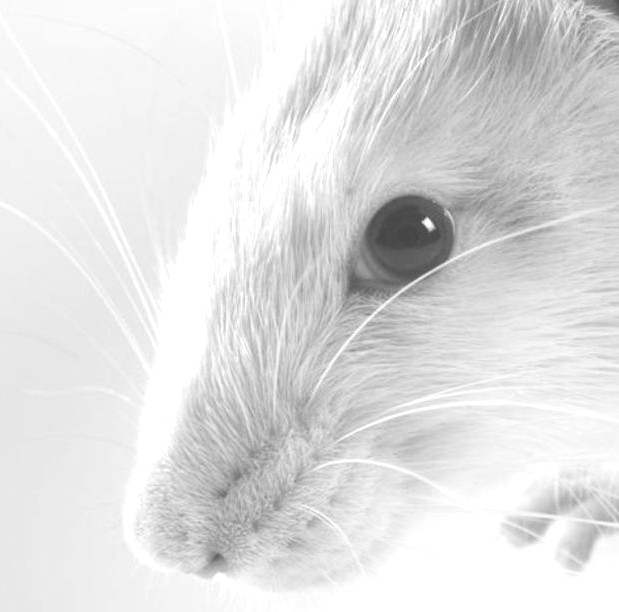Experts work against animal testing
 Researchers are set to participate in a new statewide network aimed at reducing and eventually replacing the use of animals in medical studies.
Researchers are set to participate in a new statewide network aimed at reducing and eventually replacing the use of animals in medical studies.
This endeavour, spearheaded by the NSW government, marks a significant shift towards more humane and potentially more effective research methods.
The NSW government has committed $4.5 million to establish the Non-Animal Technologies Network (NAT-Net), a pioneering body dedicated to developing and promoting alternatives to animal use.
NAT-Net aims to foster innovation in non-animal technologies and provide guidance on the necessary medical research infrastructure and regulatory frameworks to support these alternatives.
Non-animal technologies, such as the use of human cells or tissues, are increasingly recognised for their biological similarity to human patients. This can lead to more accurate predictions of a medicine's effectiveness and reduce the likelihood of failure in clinical trials.
These technologies are starting to surpass traditional animal models in drug development and medical research.
NAT-Net will bring together experts from UNSW Sydney, the University of Wollongong, the University of Technology Sydney, the University of Sydney, and the University of Newcastle.
The network will also include the Victor Chang Cardiac Research Institute, the Children’s Medical Research Institute, and the Hunter Medical Research Institute.
David Harris, Minister for Medical Research, says it is a unique initiative.
“By investing in cutting edge, non-animal technologies, researchers may be able to better predict which therapies work in humans, accelerating discoveries that could save people's lives,” he said.
“We know that non-animal technologies in medical research are the way forward and NAT-Net will be a driving force behind these exciting Australian-first developments led by NSW.”
The network will draw on expertise from various fields, including cardiovascular biology, the nervous system, epithelial biology, and bioengineering.
The initiative's funding will support a competitive research grant program focusing on developing solutions to reduce animal use in research.
“Our goal is to create an integrated epithelial tissue organoid model, such as lung, gut, and liver, with immune organoids,” says Dr Shafagh Waters from UNSW Medicine & Health, who is co-leading NAT-Net's research pillar.
“This multi-organ chip co-culture model will significantly enhance our capacity to study host-pathogen interactions and immune responses in epithelial tissue. Cystic fibrosis serves as a principal example.”
In addition to advancing research, the funding will help build the infrastructure needed to establish NAT-Net.
It will also support the creation of a working group to develop regulatory approaches for non-animal technologies.
These could include complex multi-organ models, organs-on-chips, and methods employing machine learning and artificial intelligence.
More information is accessible here.








 Print
Print